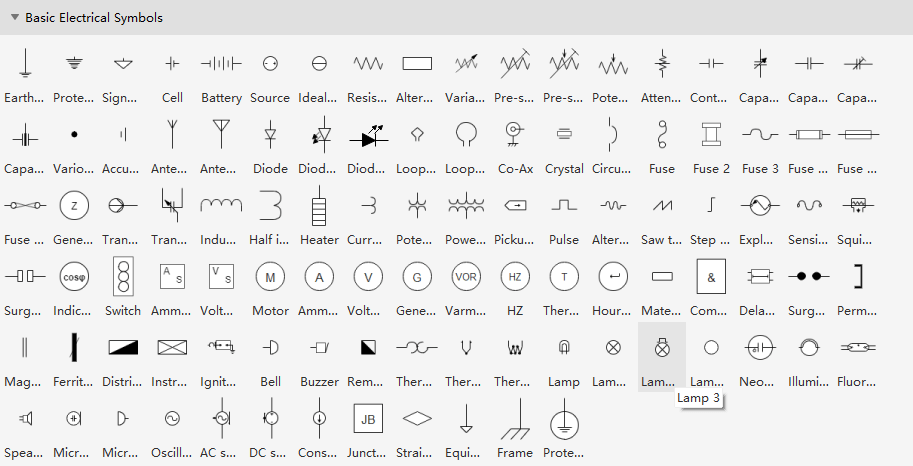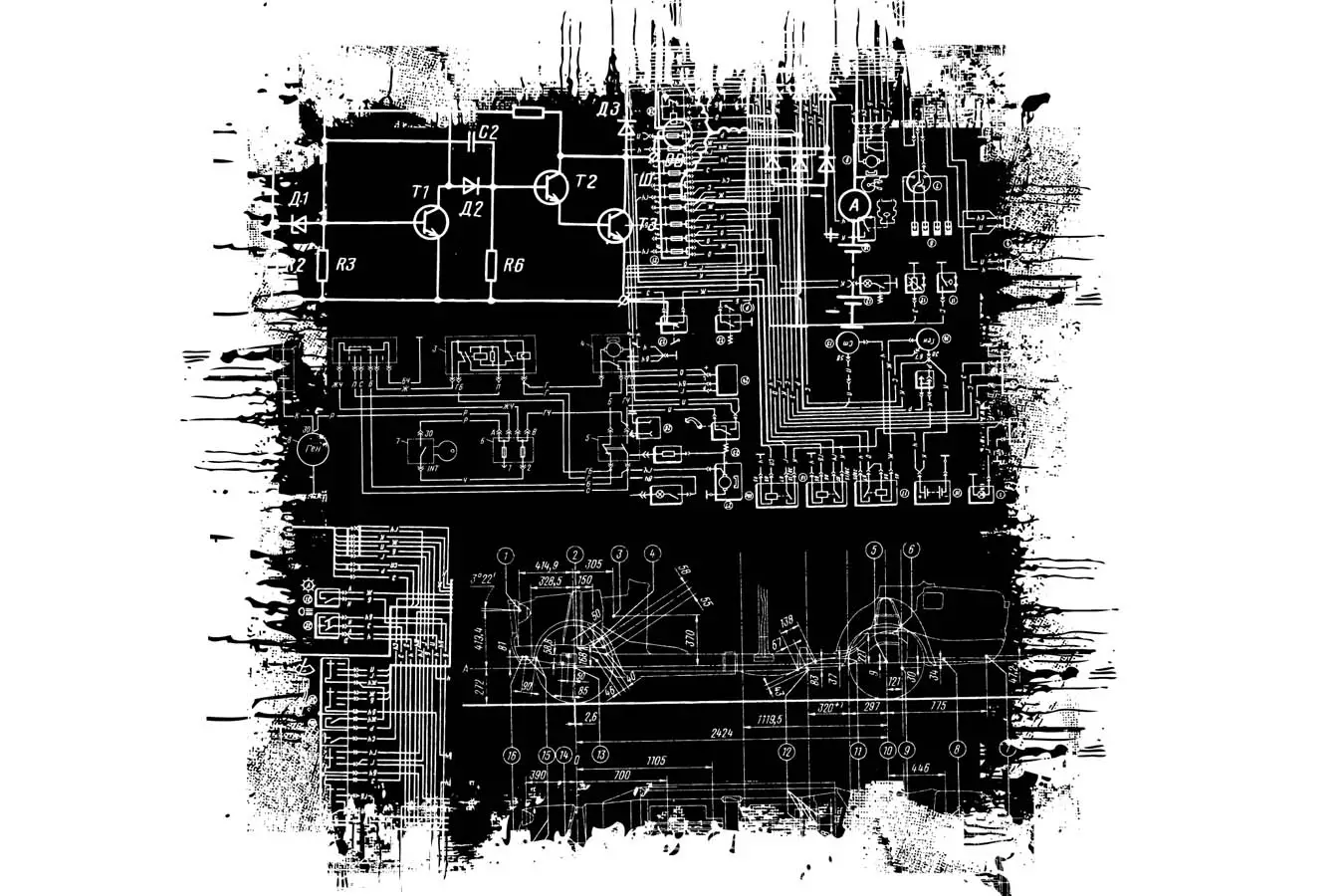Understanding electrical diagram symbols,
Electrical diagrams serve as the nerve center of any architectural design.
They not only guide electricians and builders during the construction phase;
But it also provides homeowners and facility managers with an essential roadmap for future modifications and maintenance.
In this complex network of electrical connections, symbols play a pivotal role, as these small but important representations simplify complex systems, allowing them to be presented compactly and clearly on a diagram.
Symbols in the world of architectural design are more than just an abbreviation.
They also form a universal language, ensuring that an architect in New York and an electrician in London can understand and collaborate on a project seamlessly, even if they’ve never met.
Not only does this standardization facilitate international cooperation, it ensures clarity, reduces the chances of construction errors, and promotes a smoother flow of information among all stakeholders.
This article delves into the world of electrical diagram symbols, explains their meanings and highlights their importance in the fabric of architectural design.

Basics of electrical symbols
Understanding electrical codes is an essential aspect of architectural design and planning.
These symbols act as a shorthand language that conveys specific information without the need for detailed explanation or drawings.
Let’s delve deeper into the basics of these symbols and their importance in the world of architectural designs.
The need for symbols in diagrams
Simplification
Detailed drawings of each electrical component in a diagram can clutter the design,
making it difficult to interpret, and symbols turn complex electrical elements into easy-to-understand icons.
standardization
The symbols ensure that architects from different parts of the world or with different training backgrounds speak a common language,
whether in New York or New Delhi, the electrical outlet symbol remains universally recognizable.
Efficiency
Codes speed up the drafting process, allowing architects to quickly convey key information,
and they also help builders and electricians quickly interpret the architect’s intentions.

Global: Speaking a global language
Multidisciplinary collaboration
Codes are not just for architects, electricians,
builders and even plumbers benefit from understanding these codes, ensuring smooth collaboration across the various phases of construction.
International projects
For architects working on global projects, using standard symbols ensures clarity of designs,
regardless of local language or practices.
Evolution over time
Historical context
Although many codes have remained constant over time, they have also evolved to accommodate new technologies and practices.
Thinking about the above symbols also provides insight into developments in electrical systems and architecture.
Future-proof designs
With continuous technological advances, architects must keep up with emerging codes and their implications.
This not only ensures accuracy, but also prepares the designs to be future-proof, accommodating potential upgrades or renovations.
Electrical symbols act as the backbone that connects the abstract vision of architects to the concrete reality formulated by builders and electricians.
Mastering these codes is not just about professional competence, but also about ensuring clarity, accuracy, and collaboration in bringing architectural visions to life.

Common electrical diagram symbols
Understanding and correctly interpreting electrical diagram symbols is essential for architects.
These codes ensure that plans are concise, unambiguous and standardized across different projects, making it easier for builders, electricians and other stakeholders to quickly understand and implement the design.
Here are some of the most common electrical symbols used in architectural diagrams:
Duplexes and outlets
Standard ports
Typically represented by a circle connected by two parallel lines on the wall, this universally recognized symbol denotes a typical outlet or receptacle with two plugs.
GFCI outlets
Abbreviated as GFCI, these outlets have built-in circuit breakers known as ground fault circuit breakers.
They are also necessary for areas near water sources, such as bathrooms and kitchens, to prevent electrical shock.
They may be represented similarly to standard outlets but labeled “GFCI” or have a unique symbol.
220 volt outlets
If you see the number “220” next to the outlet symbol, this indicates a 220-volt outlet, which are designed for appliances that require more power, such as ovens or dryers.
Floor vessels
Grounded outlets are usually enclosed in a square, a quadrant, or a four-plug outlet, can also be represented this way.
Lights and lighting fixtures
Standard light
The basic symbol of light is a circle. Details about this circle and its accompanying abbreviations provide further details.
LED wall washers
These lights can be symbolized by the semicircle shaded black.
Recessed lights
Diagonal lines across the circle or an adjacent “R” indicate recessed lighting.
Specialized lighting
Symbols such as a line with semicircles at each end can represent under-cabinet lighting,
While a line with small circles on both sides can indicate strip lighting.
Keys
The switch is single-pole
This key is often symbolized as something resembling a dollar sign but with a single vertical bar.
Sometimes, the bar is removed, leaving only the letter “S.”
Multi-directional keys
For three- or four-way switches, where a single light is controlled by multiple switches, small numbers can be placed next to the “S” to identify its type.
Specialized keys
Abbreviations can refer to different types of switches, for example,
a dimmer may be represented by the letter “D” next to the switch symbol.
See More: An environmental pavilion with a futuristic design printed with 3D technology






